Kim Jong Un: 10 years of missiles, murder and economic misery
Since taking over North Korea from his father a 10 years ago, Kim has shown that his thirst for power is strong.
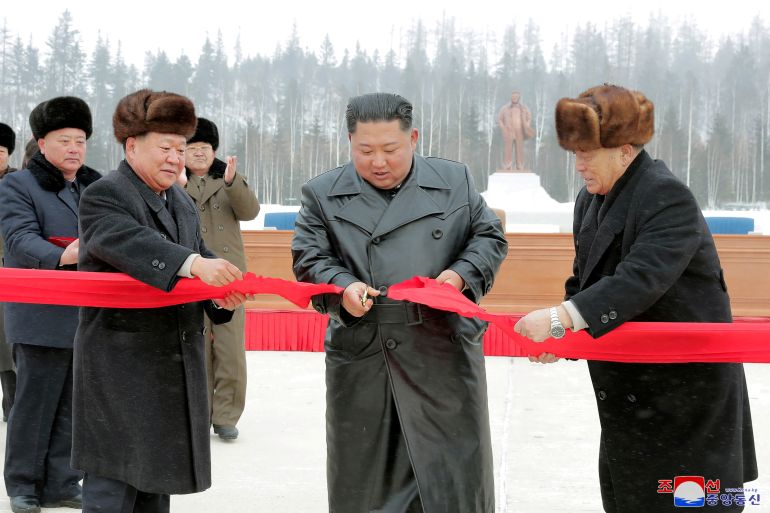
Seoul, South Korea – Kim Jong Un was not even 30 when he took control of North Korea after his father’s death in December 2011.
Some predicted that when the weight of ruling an entire country was thrust upon the Swiss-educated chubby young man, he would choose a path of reform, calculating it would be of greater benefit to his people than isolation, confrontation and missile tests.
Keep reading
list of 4 itemsUS imposes sweeping sanctions on China, Myanmar and North Korea
North Korea’s Kim Jong Un warns of ‘very giant struggle’
Japan PM to step up defence amid China, North Korea threats
But that is not where Kim has steered his country. In fact, the opposite happened.
“Kim Jong Un has always had a natural instinct for power,” Go Myong-hyun, a research fellow at the Asan Institute for Policy Studies focusing on North Korea, told Al Jazeera.
In fact, that is probably why he was chosen as the “only successor and leader of the Juche revolution” by his father, even though he was the youngest child and not necessarily the obvious heir to the throne.
“He had the most important quality to be the leader of North Korea, his obsession about power,” Go said.
Under Kim Jong Un, North Korea has stepped up arms testing and now possesses threats in the shape of thermonuclear weapons and intercontinental ballistic missiles that can strike most of the mainland United States, even in 2017 stoking fears of nuclear war between the countries.
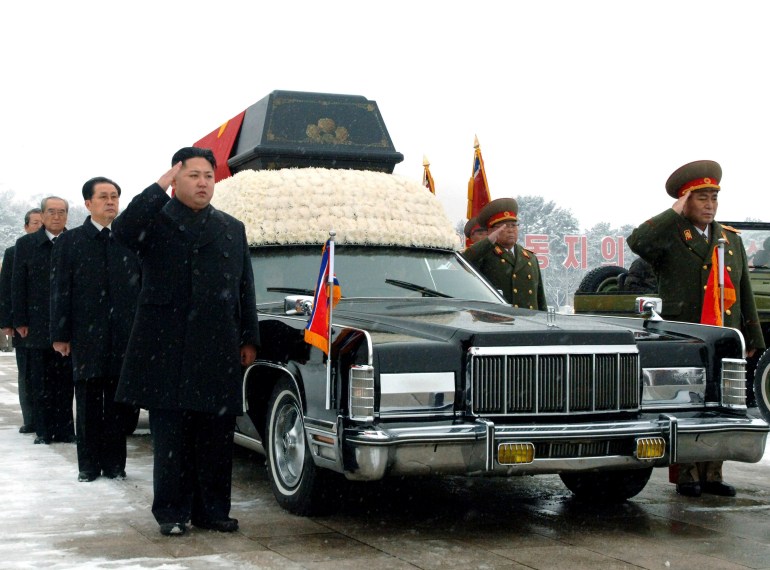
He has shown little sign that he will ease off the development of the country’s military prowess.
“He calls [the missile programme] his treasured sword. He considers it absolutely essential” to the survival of his regime, said Ankit Panda, a Stanton Senior Fellow in the Nuclear Policy Program at the Carnegie Endowment for International Peace and author of Kim Jong Un and the Bomb.
But 10 years after Kim – who can make headlines across the world simply by shedding a few kilogrammes in weight – became leader of the world’s most reclusive nation much remains unknown, including his future plans for North Korea.
“If you really want to know who someone is, you should begin by looking at their family and their upbringing first,” said Cheong Seong-chang, the director at the Centre for North Korea studies at the Sejong Institute in South Korea.
‘Future general’
Militaristic power was a crucial part of Kim’s life from an early age. There are pictures of him as a child in full uniform, complete with full rank insignias, which he allegedly got for his eighth birthday. And officers were instructed to salute him like a superior, according to Cheong.
“(That was) clearly a sign that Kim Jong Un was being nurtured by his father as a ‘future general,’” he said.
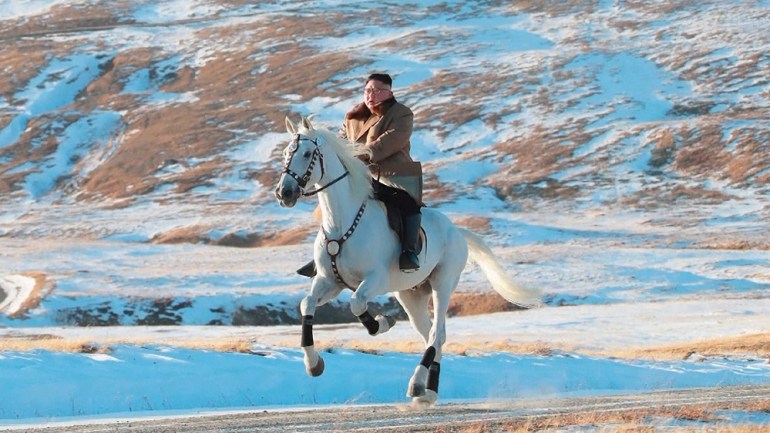
As he grew up, he was sent to study at a private school in the Swiss capital of Bern, alongside his older brother, Kim Jong Chol, who at that point was thought to be the heir to North Korea although Cheong says Jong Chul “had no ambition” and in the eyes of his father was, therefore “not fit to rule North Korea.”
It was what happened in these four years that encouraged some to believe that Jong Un would lead North Korea in a new way, in a more Western way. After all, the man loved basketball, a passion that would culminate in NBA star Dennis Rodman singing Happy Birthday to the leader in a basketball arena in Pyongyang.
After Bern, Kim enrolled at Kim Il Sung Military University where he finished his military studies. In 2008, he was named heir to North Korea and in 2011, after his father’s fatal heart attack, took control of the country founded by his grandfather.
It did not take him long to make his mark.
“People thought for Kim Jong Un to become his own man it would take some time, but you know, it only took like three or four years for him to eliminate everybody who could be influential or powerful enough to rival him,” Go Myong-hyun said.
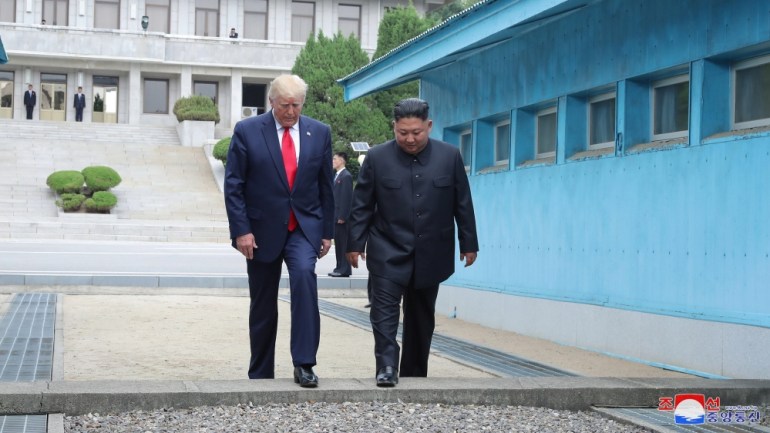
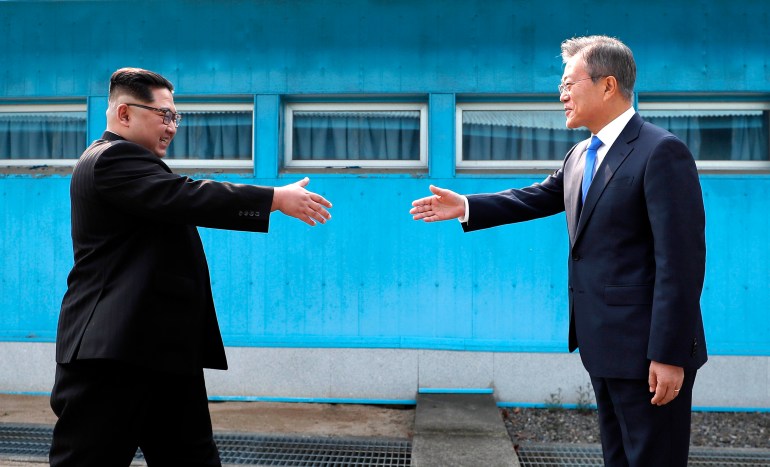
Switzerland clearly failed to leave a lasting mark on the Stalinist-to-be. After purging and ensuring his own position, Kim Jong Un began his trademark provocations against the US, most notably with a nuclear weapons test in 2016.
“That’s when we saw the signs for what kind of country, he wanted North Korea to be. At the international level he wanted to make North Korea a regional power,” Go said.
Murder to missiles
In February 2017, he shocked the world not with weapons but with the assassination of his own half-brother in a plot that involved the use of a deadly nerve agent on the concourse of the budget terminal of the Kuala Lumpur International Airport.
The killing of Kim Jong Nam sparked a diplomatic standoff with Malaysia, one of the few countries with a North Korean embassy.
The North Korean agents behind the attack quickly left the country leaving the two women – from Indonesia and Vietnam – who had been caught on security camera smearing a substance on Kim Jong Nam’s face to stand trial for murder.
Throughout their trial they maintained they thought they had been taking part in a game show prank and were eventually freed.
The embassy, in an upmarket Kuala Lumpur suburb, was finally closed this year and the house has now been spruced up for rent.
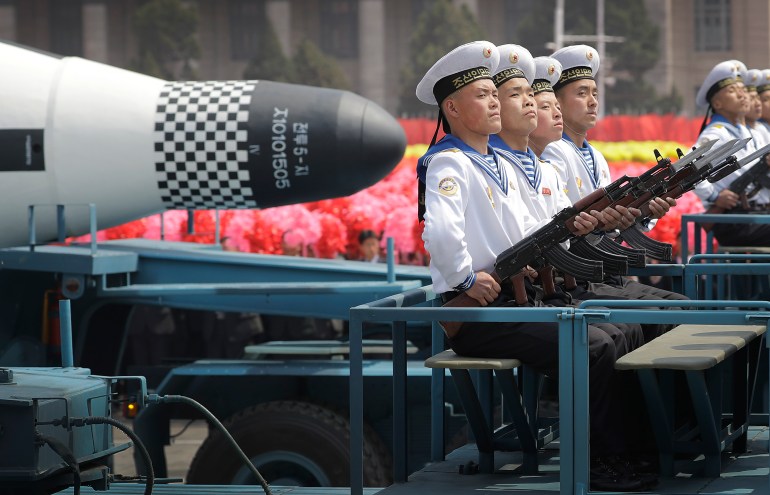
Not long after the assassination, Kim Jong Un stole global headlines again as he oversaw a flurry of missile tests, two of which were intercontinental ballistic missiles, with the capability to “easily reach a number of major US cities.”
The developments prompted then-US President Donald Trump to threaten “fire and fury like the world has never seen,” for the North if it continued to make such advances. The president’s defence chief Jim Mattis allegedly feared an actual outbreak of nuclear war, according to a book by journalist Bob Woodward.
But the next year, the situation had reversed completely, and Trump told the public that he had agreed to a meeting with Kim Jong Un, and for a time the nuclear and Armageddon tensions vanished. Kim lapped up the positive press that came with headline-grabbing summits – first with South Korea’s President Moon Jae-in and later with Trump.
The 2018 summit in Singapore was the first ever between a president of the United States and a North Korean leader.
But the hope faded quickly, with the two sides unable to agree on who should give up their leverage first, sanctions or nuclear weapons. A second summit with Trump collapsed in 2019, and a meeting at the border between the two Koreas yielded little beyond some memorable photos.
Trump went back to calling Kim “little rocket man”. The North responded with a repeat of its favoured insult calling Trump a “dotard”.
Pyongyang has since returned to its familiar cycle of missile tests and threats. The United Nations says it has found evidence of the production of nuclear material at the supposedly decommissioned Yongbyon complex.
“They are really the crown jewels of the North Korean political system. It’s not something that they’re willing to barter with or abandon in any short amount of time,” Panda said.
Kim himself, bar apparently disappearing for a few months back in early 2020 and briefly being pronounced dead on Twitter, seems to be fine. He recently lost a lot of weight and seems to be settling in for the long haul.
And with his conviction that his weapons of mass destruction are absolutely necessary to deter any US aggression, they are probably here to stay.
“I think it has worsened than the security dilemma that North Korea faces. It has raised concerns in Japan and has prompted additional investments and missile defence in the region has certainly elevated the discourse in Washington on Korean issues,” Panda said.
He succeeded in becoming more powerful than his father and, in his own mind, standing up to the “imperial” US.
“But then that came at a great cost because the North Korean economy is in tatters,” the analyst Go said.
Kim has admitted the weaknesses of an economy hampered by international sanctions and the closure of borders as a result of the coronavirus pandemic a number of times. He was crying and apologising during a military parade, he has been calling the situation for “an arduous march” a phrase used to describe the great famine in the 1990s that left anywhere from hundreds of thousands to millions dead. And most recently, in early December, he again asked his people to buckle up for a long fight.
“Next year will be an important one as we should wage a very giant struggle as much as we did this year,” Kim Jong Un said.
There are several reports that the country is facing a winter of starvation. Kim surely wishes to avoid another famine, but it does not seem likely that he is willing to barter with his weapons.